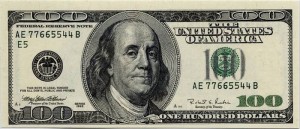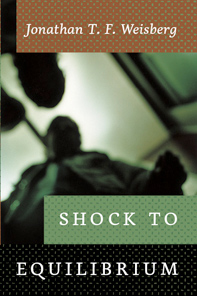Researchers have discovered that “the global hegemony of American culture and its gestural memes” has made a certain hand signal a no-no everywhere in the world. However, the researchers also calculate that this gesture commonly called “the finger” added more than $200 billion to the world economy over the last decade because “cultural hegemony has the benefit of increasing the efficiency of numerous exchanges.”
In a study published in the scientific journal Implied Outcomes, behavioral linguists Luella Tufts and Margaret Kuneeley and economist Beaufort James found that even in the remotest regions of the planet, “the finger” is now offensive. As recently as the 1990s, this was not the case, their research shows.
A little context: in their highly regarded book, Language Development: Foundations, Processes, and Clinical Applications, Brian B. Schulman and Nina C. Capone detail the acquisition and deployment of communication and communicative memes. One part of non-verbal communication the authors treat is what theorists and clinicians call the emblem gesture. Emblem gestures are signal deployments that, within a culture, mean the same thing to all members of that culture: two common ones are the high five and the thumbs-up.
Schulman and Capone also give this caveat: “Note that in some cases, an emblem gesture can be considered benign in one culture but offensive in another culture.”
The work of Tufts et al. explores what happens when, as a result of cultural homogenization, an emblem gesture becomes universal.
The researchers recruited American tourists or other appropriately Westernized people and sent them into remote areas and documented them using the gesture with indigenous people. The indigenous subjects evidenced understanding of the gesture by responding overwhelmingly with negativity. “In 99% of encounters, the Westerners met negative responses. 75% of the time, that negativity included physical violence.”
But, remember those economic benefits? The researchers argue that the global adoption of just this one gesture has lowered transaction times and transaction costs for many types of exchanges. By measuring factors such as “escalation,” “termination,” and “replacement,” the researchers were able to estimate the efficiency gain of any one use of the finger. They then modeled these effects economy-wide and found that for every 10% increase in adoption of the finger, GDP rises .01% in a developing economy and .005% in a developed economy. (The difference, they say, reflects the higher level of automation in developed countries.)
In an interview, Tufts described the finger as cultural lubrication for the gears of the global economy. She explained: “In today’s world, people from different cultures with different languages are often put together and must complete some sort of transaction. Whereas ten or twenty years ago, two people from different corners of the world might have spent minutes or hours trying to understand each other, the gesture in question here can resolve any uncertainty in a matter of seconds. I wish we had more fingers.”
Fieldwork for the study was terminated at three months due to the level of violence encountered by participants giving the finger. Tufts said she and her fellow researchers are not indifferent to the pain and injury their participants suffered. “I wish we could have triple-blinded the study.”
The quantity of the theory’s time under study in the field being cut short, Tufts said, does not obscure the clear demonstration that the finger holds previously unrecognized—and substantial—benefits for society. And so, she added, further inquiry is needed.
After an appearance before their universities’ IRBs (Internal Review Boards) to discuss the safety of research participants and subjects, Tufts, Kuneeley, and James plan to launch a new study. They intend to recruit people from remote areas to use, in the developed world, emblem gestures that their cultures consider offensive, and see if people in the developed world are offended, or notice.




